#steeplecab locomotive
Explore tagged Tumblr posts
Text

this is my blorbo btw
#es1#ner es1#lner es1#north eastern railway#london and north eastern railway#ner#lner#london & north eastern railway#electric locomotive#electric train#steeplecab locomotive#blorbo#baconyposting
2 notes
·
View notes
Text
CR NEL11B ER57909

a Boorl-Yuxyr NEL11B in CR colors no. 57909
4 notes
·
View notes
Text
Remarks & Notes Watching a 104-year-old locomotive (well, technically 3 months shy of 104) still working is, frankly, awe inspiring. As Iowa Traction Railway Company 50-Ton Steeplecab 50 was shoving a long string of covered hoppers into the AGP elevator, it was hard not to think that those who designed and built this electric locomotive likely had no idea how long this machine would last. And how many people have operated this locomotive over the past century as well? Or imagine the number of freight cars this diminutive locomotive has moved over all this time, or how those cars have changed from the 1920s through to the 2020s. And, is builder Baldwin-Westinghouse now longer in business because they built locomotives too well? If their locomotives all lasted this long, there would be no market for new power! But it was also just fun to watch as the venerable old machine continued to do what it was designed and built for continue to do its job, toiling away in America’s heartland. (Mason City, Iowa – July 19, 2024)
13 notes
·
View notes
Text
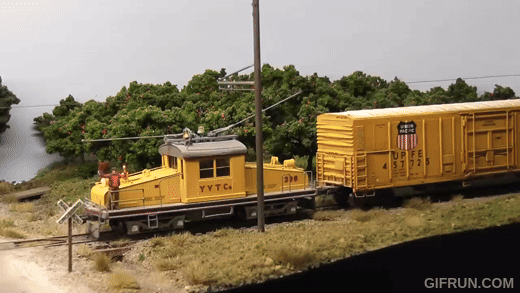
Poles, as opposed to pantographs, were by far the most popular means of current collection for interurban lines in North America. The pick-up is held against the live overhead wire with about 28 points of pressure applied through a spring-load3d trolley base mounted on the roof. (This is why they are called "trolley cars" -- much to the amusement of the Brits 🛒). 2-rail DCC in HO scale may or may not have a live overhead, but getting the pole on the wire is one of the most fiddly bits of model railroading ever...

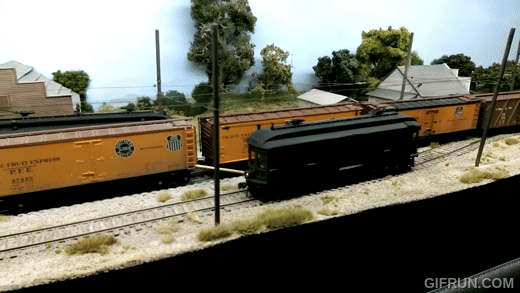
"Poling" is something else entirely, where freight cars are shunted ...with a pole! One end of the thick pole is seated in a cast iron "poling pocket" on what the Brits might call the buffer beam of the locomotive and used to push against the same poling pocket hardware located on any corner of every freight car. Tight radius, incompatible couplers, adjacent tracks -- all problems that poling solved. Obviously not OSHA compliant, but it was railroading!
Andy Gautrey has done a bangup job of modeling North American traction -- Yakima Valley Transportation Company's General Electric interurban steeplecab freight motor and other very typical equipment and operations that were archetypal of electric lines, especially those that engaged in a large amount of interchange freight business.
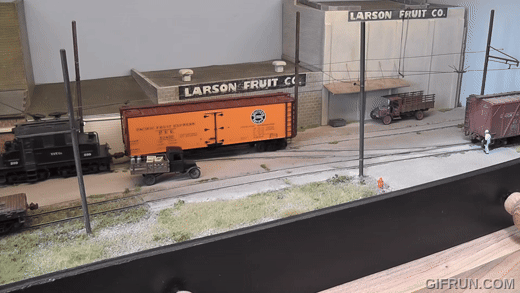
youtube
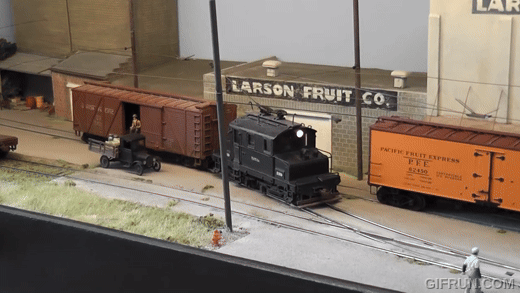
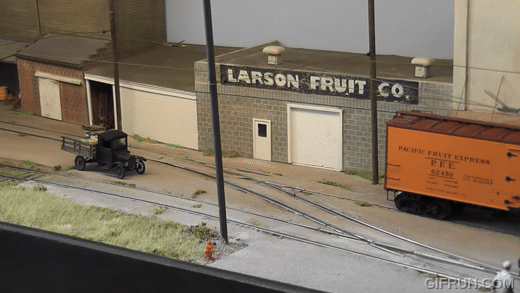
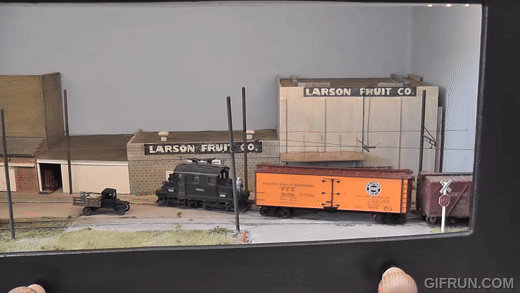

More vids on Andy's channel -- seems he's moved on so look for oldest vids…
#ho scale#interurban#traction#steeplecab#trolley problem#trolley line#train gifs#youtube#yakima valley#electric railway#couplers#catcher/retriever mechanism#trolley pole#micro layout#train layout#model railroad#trolley wire#overhead#Andy Gautrey
26 notes
·
View notes
Note
...either?
ㅤ
Hm. I’ll select the trains .ᐟ
Several of my Pokémon are named after trains and train-related vocabulary .ᐟ Such as Steeplecab the Eelektross, Wuppertal the Archeops, and Zephyr the Galvantula .ᐟ And I have reasons for all of them .ᐟ.ᐟ
“Steeplecab” is a term used for specific models of electric locomotives .ᐟ Wuppertal references the Schwebebahn Monorail, which is a monorail that hangs above the Wupper river —— the area later becoming the city of Wuppertal .ᐟ Zephyr is in reference to the California Undella Zephyr, which is the longest continuous ride in Unova .ᐟ
ㅤ
1 note
·
View note
Text
Steeplecab, boxcab
Early American electric locomotives come in two main types: steeplecabs and boxcabs; which I have drawn below.

Steeplecabs:
cute little engines
very small and adorable
not that strong or fast but they're doing their best

Boxcabs:
Huge
Can crush a GEVO with their bare hands
Make power plants flicker
The only way you're ever getting up a slope that steep
Will protect you from the mountains
Some notes on the drawings:
Neither of these are based on any specific train
Pantographs are very hard to draw in perspective
The boxcab is in those colors because I thought they looked nice (not any specific railroad's livery)
The steeplecab is in Conrail blue and white, but it is USRA instead (from the first time the US nationalized the railroads, and unlike with Conrail it was all of the railroads)
#trains#train art#drawings#the USRA is one of those weird moments where the US government did something really good#it wasn't around for very long but it was nice while it lasted
0 notes
Text
We never had a J70 equivalent in the US the closest things would be electric steeplecab locomotives used on interurban railroads






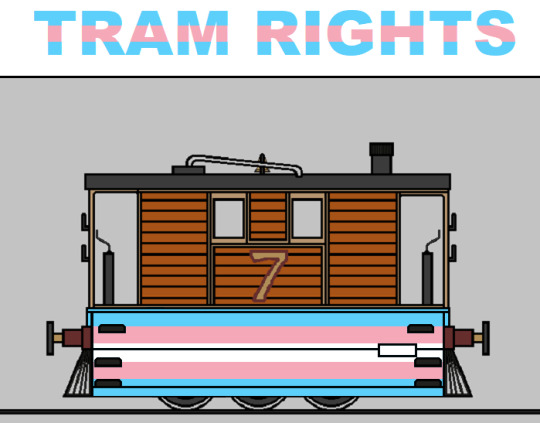
image I made for the discord server a while back.
#trainposting#trolleyposting#milwaukee road#interurban railroad#south shore railroad#pacific electric railway#iowa traction railroad
599 notes
·
View notes
Video
(via CTA's Nightly Freight | This neat night photo of CTA freight… | Flickr)
Caption: “This neat night photo of CTA freight motor S-104 was taken by CTA in 1965 showing her with a string of hoppers destined for the Lill Coal yard at Berwyn Avenue on the North Side Main Line. In third rail territory such as here on track #1, a gauntlet track was used. The CTA freight operation was a holdover from the time the Milwaukee Road and the L operated on this right of way at ground level. When it was elevated on this embankment in 1920, the Northwestern Elevated Rairoad took over the freight service with its two new Baldwin-Westinghouse steeplecab motors, S-104 and S-105. There were many industries served through the years, mainly coal yards, a lumber yard, warehouses and a team track. The interchange with the Milwaukee Road was between the L structure and Graceland Cemetery north of Irving Park Rd. The freight service survived until April 30, 1973, when S-104 made the last run to the last customer, Lill. CTA acted as an agent for the Milwaukee Road and was not shown on any tariffs and was reimbursed by the Milwaukee for expenses. CTA was not regarded as a common carrier.”
#Chicago#Illinois#CTA#Chicago Transit Authority#freight train#electric train#electric locomotive#locomotive#night photography#b&w photography#steeplecab#train#trains#trainspotting#track#tracks#industrial#urban#1960s#RR#railway#rails#rail#railroad#railroads#railways
68 notes
·
View notes
Video
Milwaukee Road ES-2 Class E-82 by Craig Garver Via Flickr: Milwaukee Road ES-2 Class E-82 steeplecab switcher at Deer Lodge, Montana, September 11, 1969. Photographer: Bruce Black. Scanned from a 2 1/4 x 4 1/4 negative owned by Digital Rail Artist. Milwaukee Road bought four of these switchers from General Electric, two in 1916 and two in 1919. This engine became the final electric locomotive to operate. On June 15, 1974, all electrified operations ended. The Little Joes were stored as they arrived in Deer Lodge, and this engine was the very last to run on that final day.
#Deer Lodge#Montana#Milwaukee Road steeplecab#Milwaukee Road ES-2 Class E-82#MILW E-82#Bruce Black#Milwaukee Road#Steeple cab electric#General Electric
5 notes
·
View notes
Text

The Milwaukee Road's class ES-2 comprised four electric switcher locomotives. Two were built in 1916 and the final two in 1919. They were of steeplecab design, with a single roof-mounted pantograph to access the Milwaukee's 3,000 V DC overhead line. Originally numbered 10050–10053, they were renumbered E80–E83 in March 1939. The ES-2 was the Milwaukee Road's primary class of dedicated electric switchers. They produced a nice 475 horsepower and despite their highly specialized niche on the Milwaukee Road, the ES-2s were well-liked by personnel. Engineers liked them due to their rapid throttle response, preferring them over diesels which were slower to transition and accelerate. Their simple nature made them easy to service, and the units seldom needed major attention. Few changes were made to them over the years, the most important of which was the addition of extra steel plates, which added weight and reduced wheelslip. Engine E83 became surplus and was scrapped in 1952 while the last 3 survived all the way to the end of the electric operations on the Milwaukee Road (June 15, 1974). Unfortunately the last 3 were retired from service not long after and were scrapped and thus there are no more of these funky little electric switchers around anymore.
28 notes
·
View notes